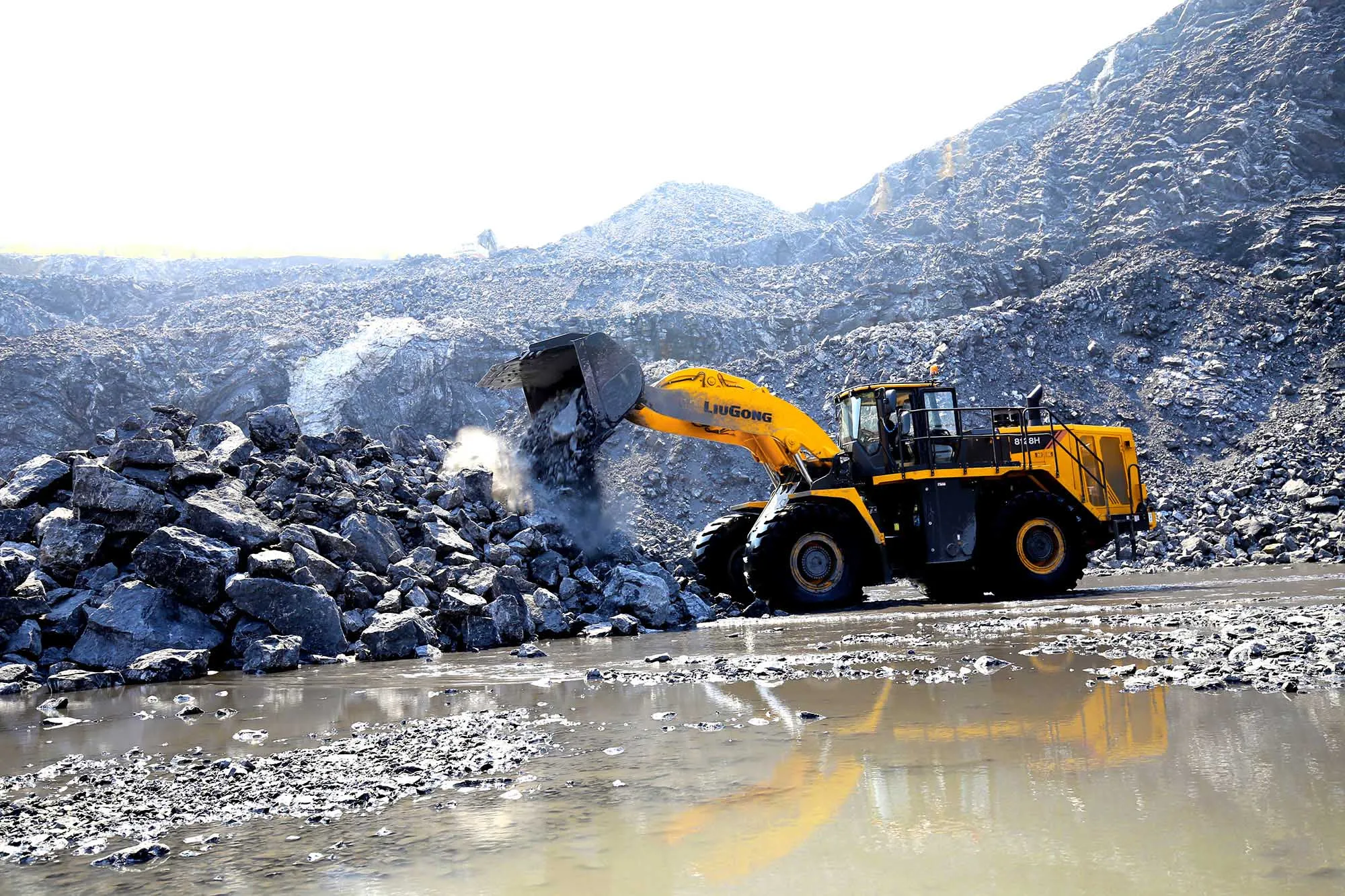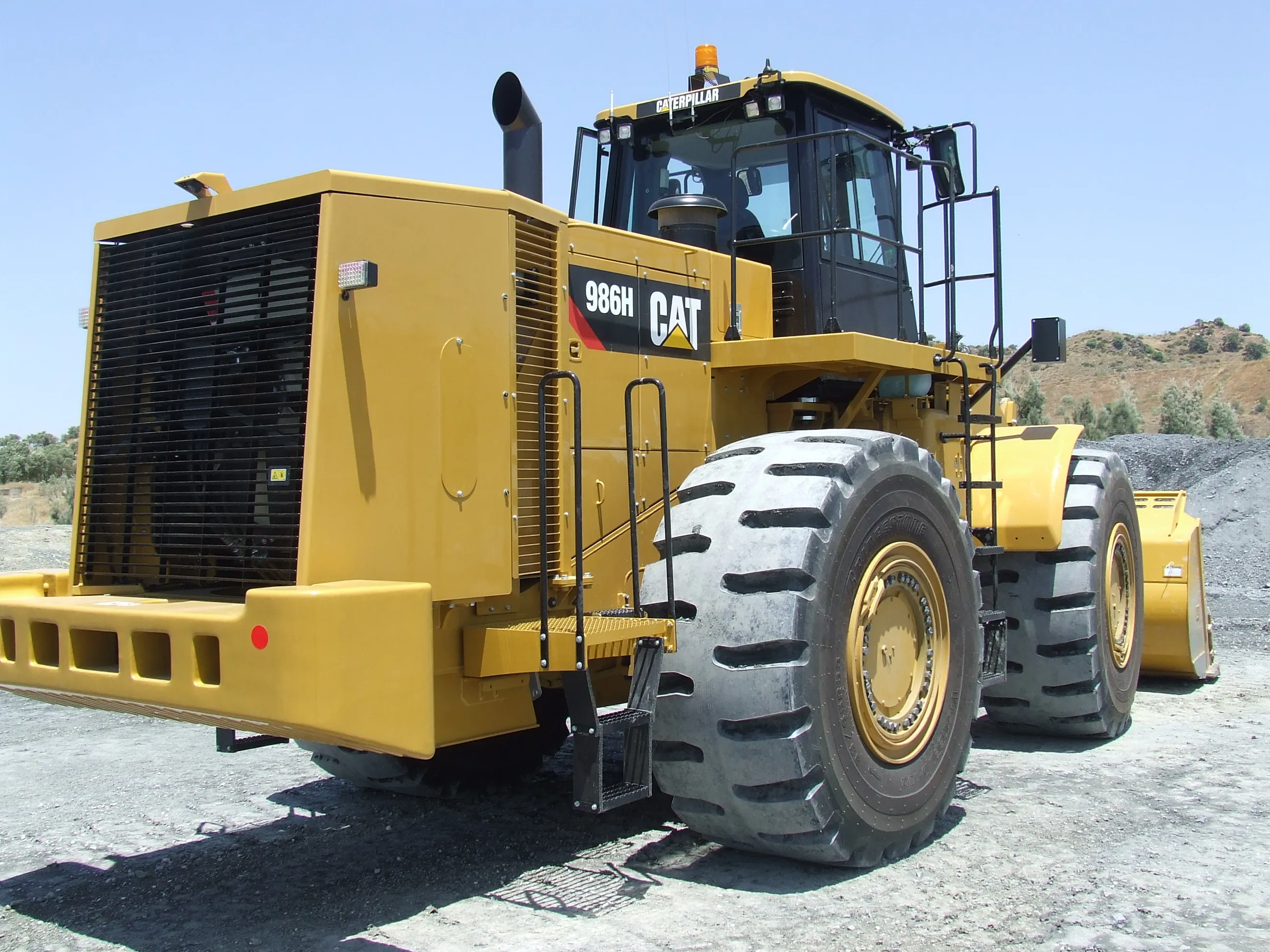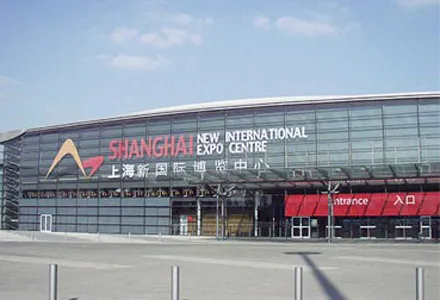In recent years, China construction machinery industry has made great achievements, a fact that will be featured at this year's CONEXPO-CON/AGG.
China’s Chamber of Commerce for Import and Export of Machinery and Electronic Products and the China Construction Machinery Association will introduce China construction machinery industry at its booth, G2116A.
Chinese construction equipment makers are the world’s largest producers of mobile cranes, wheeled loaders, excavators and now also concrete pumps than
February 13, 2017
Read time: 3 mins

In recent years, China’s construction machinery industry has made great achievements, according to the country’s Chamber of Commerce for Import and Export of Machinery and Electronic Products as well as the 2735 China Construction Machinery Association.
The achievements will be highlighted at the China construction machinery industry booth, G2116A, at this year's8570 CONEXPO-CON/AGG in Las Vegas.
The associations say that Chinese construction equipment makers are the world’s largest producers of mobile cranes, wheeled loaders, excavators and concrete pumps.
2490 XCMG 1175 Zoomlion, 1170 Sany, 269 LiuGong 2713 XGMA, Santui,5316 SDLG, Yongmao, NFLG, 1173 Sunward and SinoMach have become well-known construction equipment brands globally. Chinese manufacturers are leading suppliers of concrete machinery in the world, with Zoomlion, Sany and XCMG being the three leading suppliers, note the associations. In terms of excavators, China is now the leading producer with annual output reaching as high as 170,000 units. Sany, XCMG and LiuGong are the three leading Chinese suppliers.
The two associations also point out that China is also the leading producer of wheeled loaders, with peak output reaching 250,000 units. LiuGong,5316 SDLG, 2713 XGMA, XCMG, 6928 Lonking and SinoMach are the six leading Chinese suppliers.
China is also a key manufacturing centre for international firms making construction equipment. All the leading international manufacturers including178 Caterpillar, 1222 Terex, 2123 Manitowoc, 2300 Komatsu, 233 Hitachi, 2200 Kobelco, 2394 Volvo, 718 Liebherr, 2395 Wirtgen, 217 Fayat, 695 Doosan and 236 Hyundai have manufacturing bases in China through joint ventures, wholly owned investment or acquisition. Some of these operations are their most important global manufacturing bases, such as 2123 Manitowoc's tower crane factory in Zhangjiaguang.
Chinese construction equipment manufacturers such as XCMG, Zoomlion, Sany, LiuGong and Shandong Heavy Industry have also established manufacturing bases in other countries including Germany, US, Italy, Poland, India, Brazil and Belarus through acquisition, joint venture and wholly owned investment.
Key acquisitions mean that Chinese firms now dominate the concrete pump market, both in terms of numbers produced and technology. Zoomlion acquired2203 CIFA in 2008, while in 2012 Sany bought 1259 Putzmeister and XCMG purchased 4991 Schwing.
For the output of mobile cranes China is now the leader, with XCMG, Zoomlion and Sany as three leading Chinese suppliers. And the Secretariat of the Crane Technology Committee of ISO was transferred to China in 2012.
Zoomlion developed the largest upper swivel horizontal boom tower crane in the world in 2010, which played a key role in the construction of a number of bridges over the Yangtze River.
In 2012 XCMG developed the largest crawler crane in the world, for the construction of nuclear power plants. In 2013, Zoomlion developed the carbon fibre boom concrete pump with highest boom of 101m in the world, according to the associations.
In September 2015, Sany set the world record for concrete pumping height in Tianjin.
Both the Chamber of Commerce for Import and Export of Machinery and Electronic Products as well as the China Construction Machinery Association Chinese say that China’s construction equipment makers play an increasingly important role in the construction sector worldwide.
The achievements will be highlighted at the China construction machinery industry booth, G2116A, at this year's
The associations say that Chinese construction equipment makers are the world’s largest producers of mobile cranes, wheeled loaders, excavators and concrete pumps.
The two associations also point out that China is also the leading producer of wheeled loaders, with peak output reaching 250,000 units. LiuGong,
China is also a key manufacturing centre for international firms making construction equipment. All the leading international manufacturers including
Chinese construction equipment manufacturers such as XCMG, Zoomlion, Sany, LiuGong and Shandong Heavy Industry have also established manufacturing bases in other countries including Germany, US, Italy, Poland, India, Brazil and Belarus through acquisition, joint venture and wholly owned investment.
Key acquisitions mean that Chinese firms now dominate the concrete pump market, both in terms of numbers produced and technology. Zoomlion acquired
For the output of mobile cranes China is now the leader, with XCMG, Zoomlion and Sany as three leading Chinese suppliers. And the Secretariat of the Crane Technology Committee of ISO was transferred to China in 2012.
Zoomlion developed the largest upper swivel horizontal boom tower crane in the world in 2010, which played a key role in the construction of a number of bridges over the Yangtze River.
In 2012 XCMG developed the largest crawler crane in the world, for the construction of nuclear power plants. In 2013, Zoomlion developed the carbon fibre boom concrete pump with highest boom of 101m in the world, according to the associations.
In September 2015, Sany set the world record for concrete pumping height in Tianjin.
Both the Chamber of Commerce for Import and Export of Machinery and Electronic Products as well as the China Construction Machinery Association Chinese say that China’s construction equipment makers play an increasingly important role in the construction sector worldwide.







